How to Design an Effective Loyalty Program Using Gamification
.avif)
Customer loyalty doesn't happen by accident. It's built through carefully crafted experiences that keep people coming back for more. While traditional discount cards and punch cards still have their place, today's most successful loyalty programs use gamification to create deeper engagement and stronger emotional connections with customers.
What Makes Gamification So Powerful in Loyalty Programs

Your brain craves rewards. When you earn points, unlock a badge, or climb up a leaderboard, your brain releases dopamine – the same chemical that makes you feel good when you eat chocolate or achieve a personal goal. This dopamine effect creates a powerful motivation loop that keeps customers engaged with your brand.
Gamification touches several psychological triggers that drive human behavior. The goal gradient effect makes people work harder as they get closer to achieving something. Social proof through leaderboards and badges satisfies our need for recognition. And the unpredictability of variable rewards – like surprise bonuses or mystery gifts – creates excitement similar to what keeps people playing slot machines.
Gamified loyalty programs can increase engagement by making interactions more enjoyable and rewarding. Organizations with gamified loyalty programs see a massive increase in customer retention and members of loyalty programs generate substantially more revenue per year than non-members.
Building Your Gamification Foundation
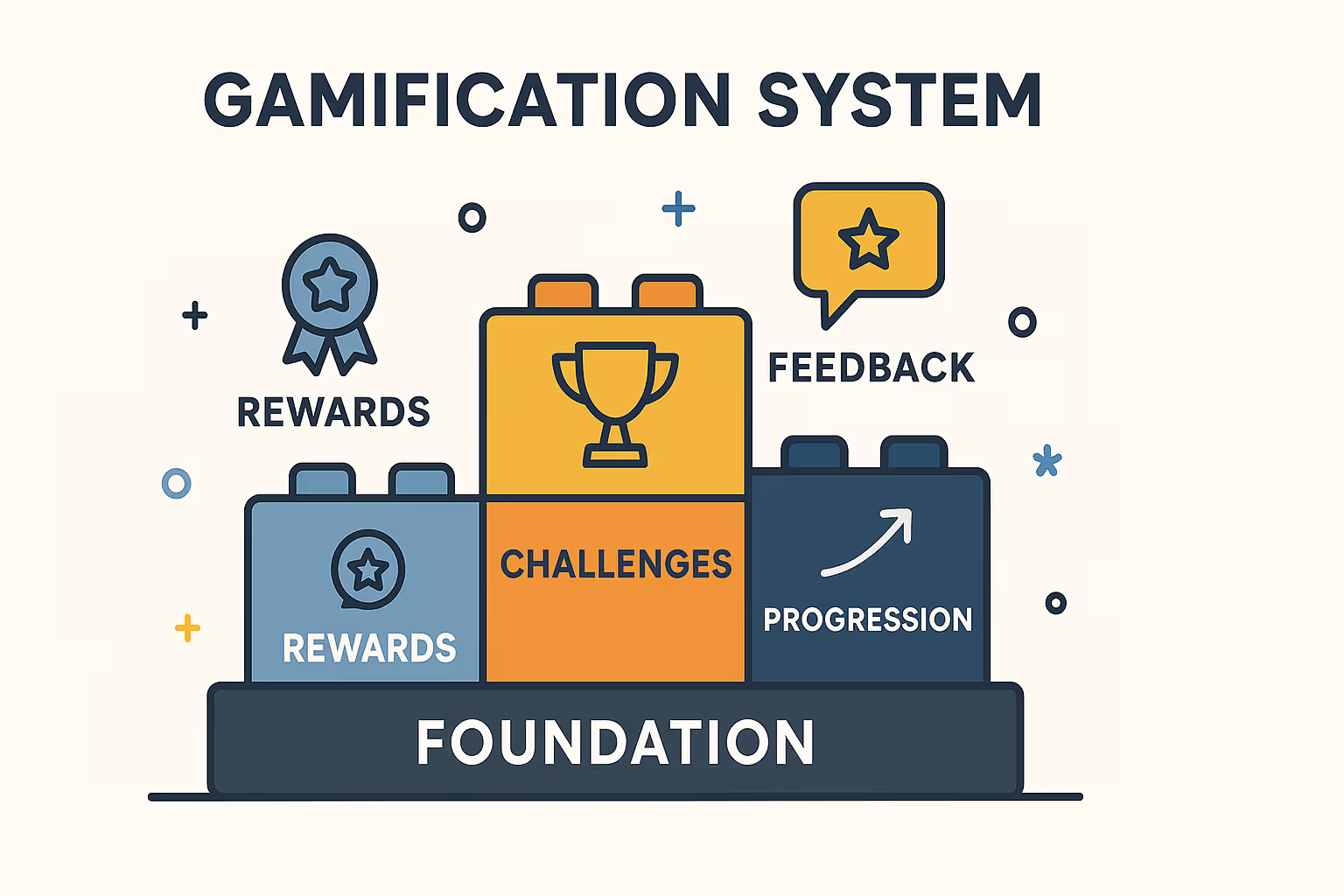
Before you start adding points and badges to everything, you need to understand your customers. What motivates them? What behaviors do you want to encourage? These answers will shape every element of your program.
Start by mapping out your customer journey. Where do customers first interact with your brand? What steps do they take before making a purchase? Where do they typically drop off? Understanding these touchpoints helps you identify the best places to introduce gamification elements.
Define clear objectives for your program. Are you trying to increase purchase frequency? Boost average order value? Encourage social sharing? Your goals will determine which gamification mechanics to use and how to structure your rewards.
4 Key Gamification Elements That Actually Work
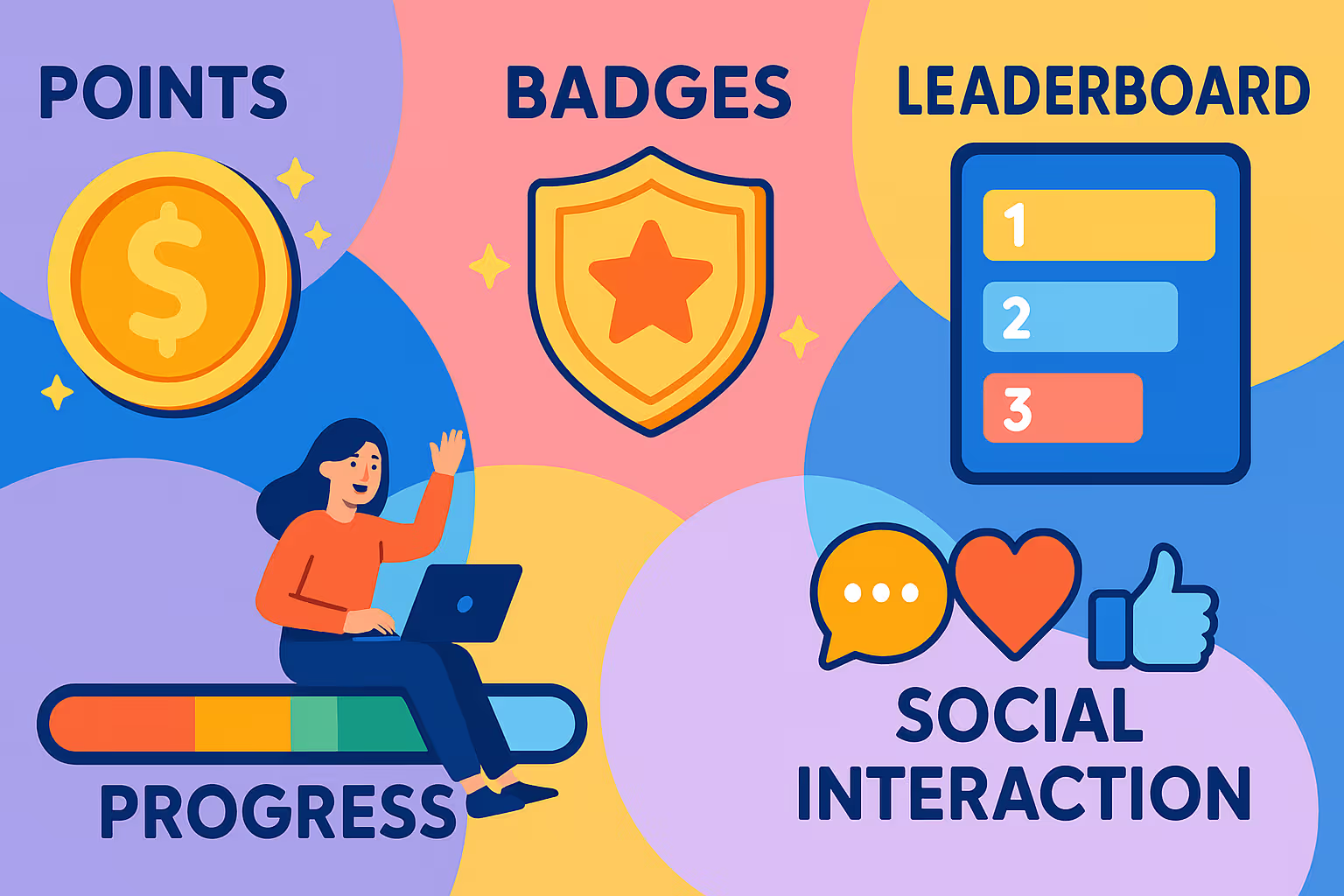
1. Points Systems: The Foundation of Engagement
Points are the basic currency of most gamified loyalty programs. They provide instant feedback and create a sense of progress with every interaction. When designing your points system, make the earning mechanism clear and the value easy to understand. If customers can't quickly figure out how many points they need for a reward, they'll lose interest.
Starbucks Rewards demonstrates this perfectly. Customers earn stars for purchases, and the redemption structure is straightforward – a free drink costs 150 stars, making it easy to track progress toward the next reward.
2. Badges and Achievements: Recognition That Matters
Badges serve as digital trophies that acknowledge customer milestones. They work best when they celebrate meaningful achievements rather than trivial actions. A "Coffee Connoisseur" badge for trying five different drink types is more engaging than a "First Purchase" badge that everyone gets automatically.
Design badges that tell a story about the customer's relationship with your brand. Create collections that encourage exploration of different product categories or engagement with various brand touchpoints.
{{cta-banner}}
3. Levels and Tiers: The Path to VIP Status
Tiered programs create a sense of progression and exclusivity. As customers advance through levels, they unlock better rewards and special privileges. Nike's membership program exemplifies this approach, offering personalized workout plans and exclusive product access to engaged members.
Make level requirements achievable but meaningful. If advancement is too easy, it feels hollow. If it's too difficult, customers get discouraged and abandon the program.
4. Leaderboards: Healthy Competition
Leaderboards add a competitive element that can drive increased engagement. But they work best when they compare similar customers rather than mixing casual users with power users15. Consider creating multiple leaderboards based on customer segments or time periods to keep competition fair and motivating.
Advanced Gamification Strategies

Challenges and Missions
Time-limited challenges create urgency and excitement. A restaurant might challenge customers to try three new menu items in a month for bonus points. These missions encourage specific behaviors while making the experience feel like a game rather than a transaction.
Social Elements
Allow customers to share achievements and compete with friends. Social features use our natural desire for recognition and can help your program spread through word-of-mouth marketing.
Surprise and Delight
Unexpected rewards create positive emotional moments that strengthen brand loyalty. A surprise double points day or random bonus gift keeps the experience fresh and exciting.
Measuring Success: Key Metrics to Track
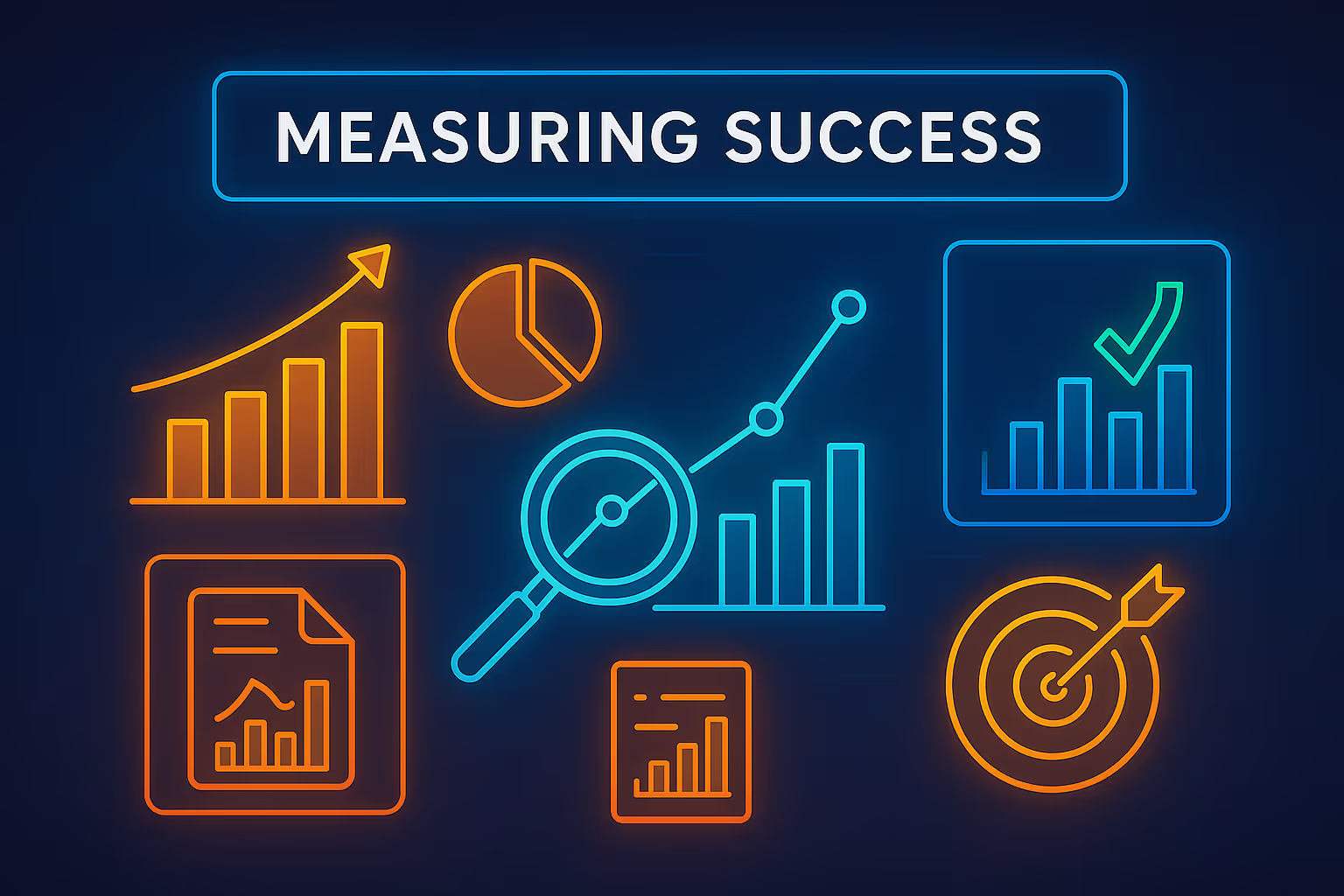
Engagement Metrics
Track daily and monthly active users to understand how often members interact with your program. Monitor completion rates for challenges and missions to see which elements resonate most with your audience.
Retention and Loyalty Indicators
Customer retention rates show whether your program is building lasting relationships. Measure the time between purchases for program members versus non-members to quantify the program's impact on buying behavior.
Financial Performance
Calculate the incremental revenue generated by loyalty program members. Track average order value and purchase frequency to understand how gamification affects spending patterns. Most loyalty program owners experience positive ROI.
Implementation Best Practices
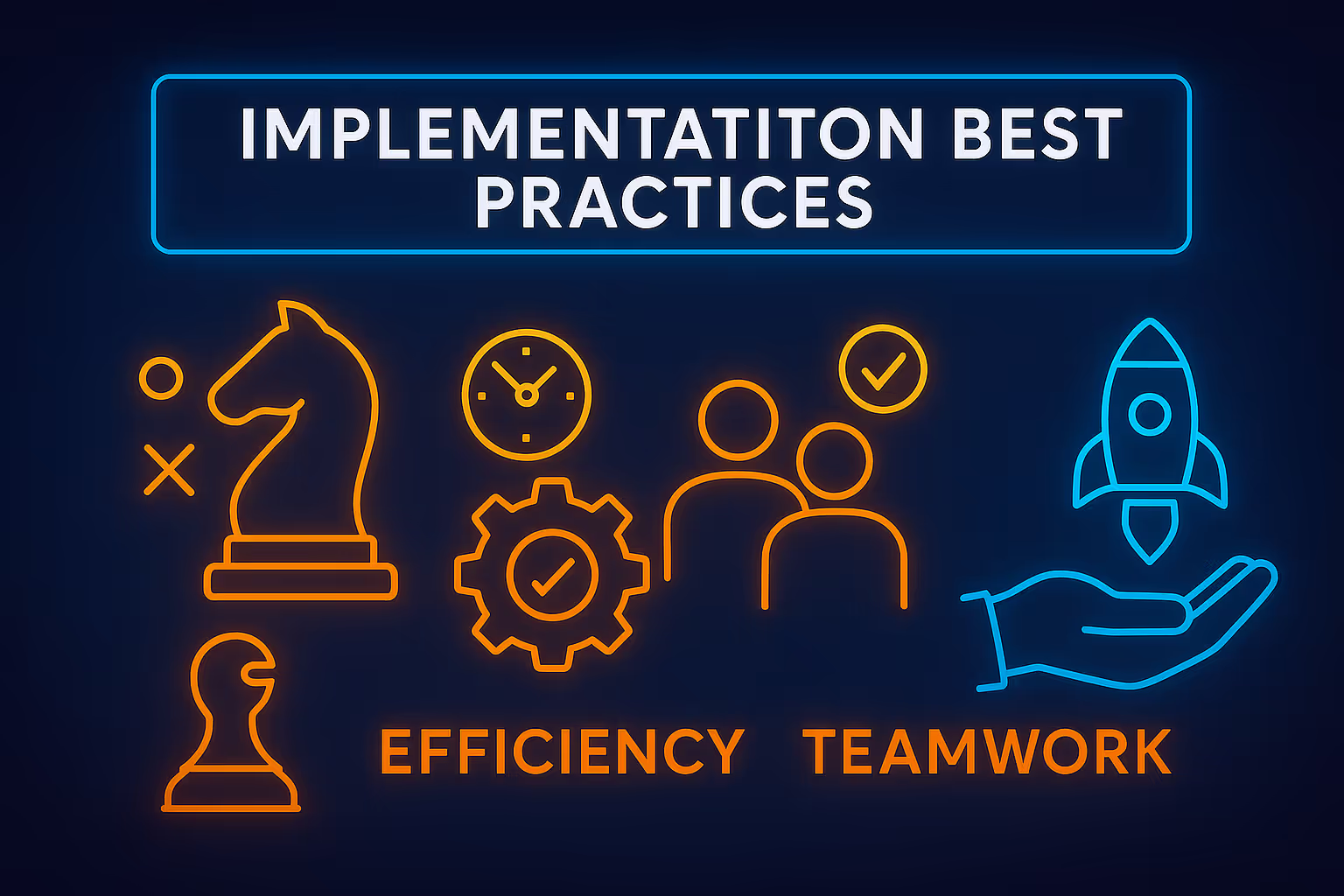
- Start Simple, Then Evolve
Launch with basic points and rewards, then gradually introduce more sophisticated elements. This approach lets you learn what works for your specific audience before investing in complex features. - Make It Mobile-First
With most customer interactions happening on mobile devices, your gamified loyalty program needs to work seamlessly on smartphones. Mobile apps allow for real-time notifications, location-based rewards, and easy progress tracking.
- Ensure Transparent Value Exchange
Customers need to understand exactly what they're getting for their engagement. Be clear about how points are earned, what rewards cost, and any terms or restrictions that apply. - Personalize the Experience
Use customer data to tailor challenges, rewards, and communications. A fitness brand might offer different challenges to runners versus weightlifters, making the program feel more relevant to each individual.
Common Pitfalls to Avoid

Don't fall into the trap of "points, badges, and leaderboards" without strategic thinking. Gamification isn't about adding game elements everywhere, but about using them purposefully to drive specific behaviors.
Avoid making your program too complex. If customers need a manual to understand how to earn and redeem rewards, you've overcomplicated things.
Don't neglect the non-gaming aspects of your loyalty program. Gamification complements a good loyalty program, but it can't fix fundamental issues with your value proposition or customer experience.
Technology Solutions for Implementation
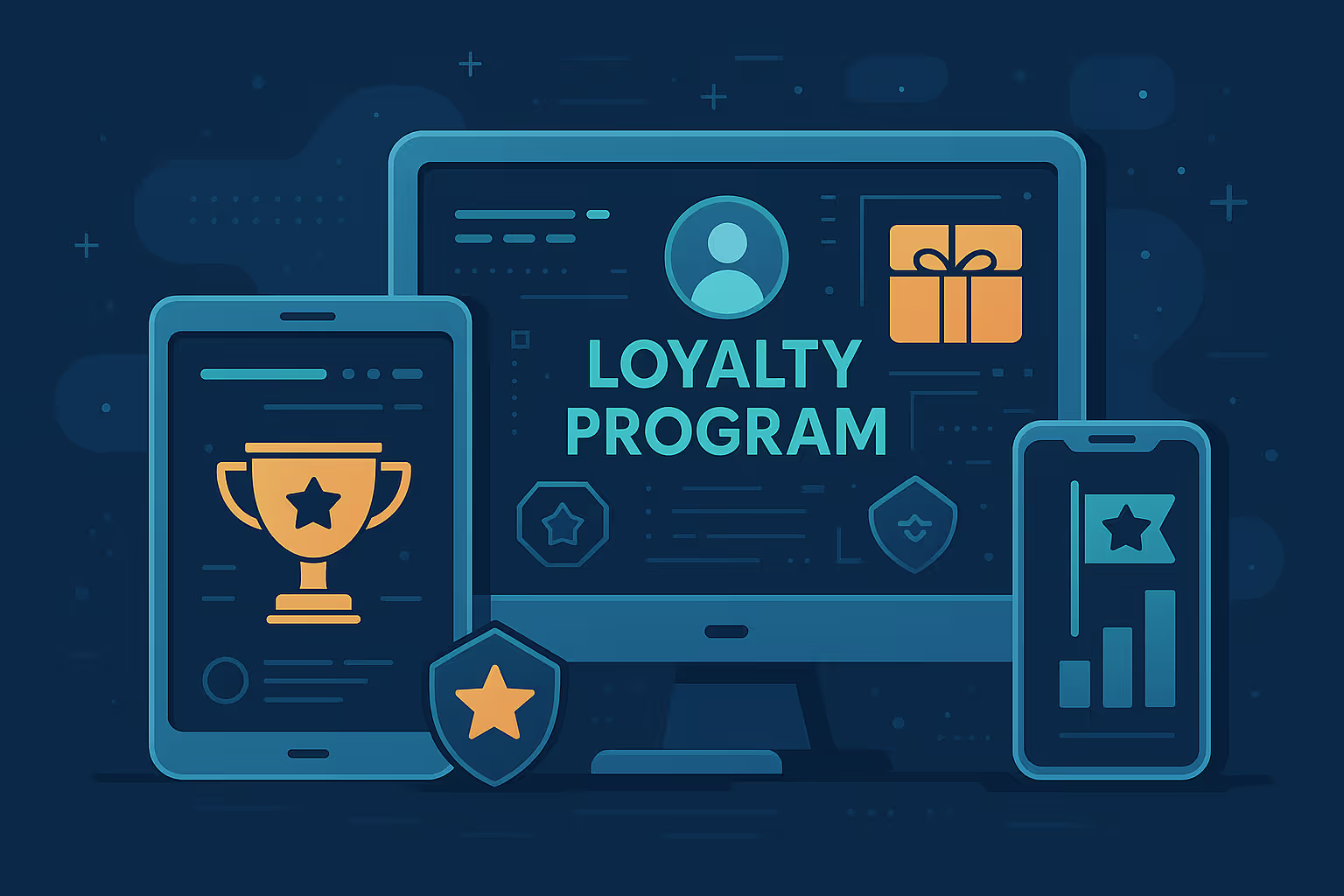
Modern loyalty programs require sophisticated technology platforms that can handle complex rules, real-time point tracking, and personalized experiences. Look for solutions that integrate with your existing systems and provide detailed analytics on program performance.
Consider platforms that offer both CRM automation and gamification features in one solution, eliminating the need to manage multiple systems and ensuring seamless data flow between your marketing and loyalty initiatives.
The Future of Gamified Loyalty Programs
.avif)
Artificial intelligence is making loyalty programs smarter and more personalized. AI can predict when customers are likely to churn and automatically trigger retention offers. Machine learning algorithms can optimize reward timing and personalize challenges based on individual customer behavior patterns.
Voice interfaces and smart home devices are creating new touchpoints for loyalty program interactions. Augmented reality (AR) features are beginning to appear in loyalty apps, offering immersive experiences that go beyond traditional point collection.
Getting Started with Your Program
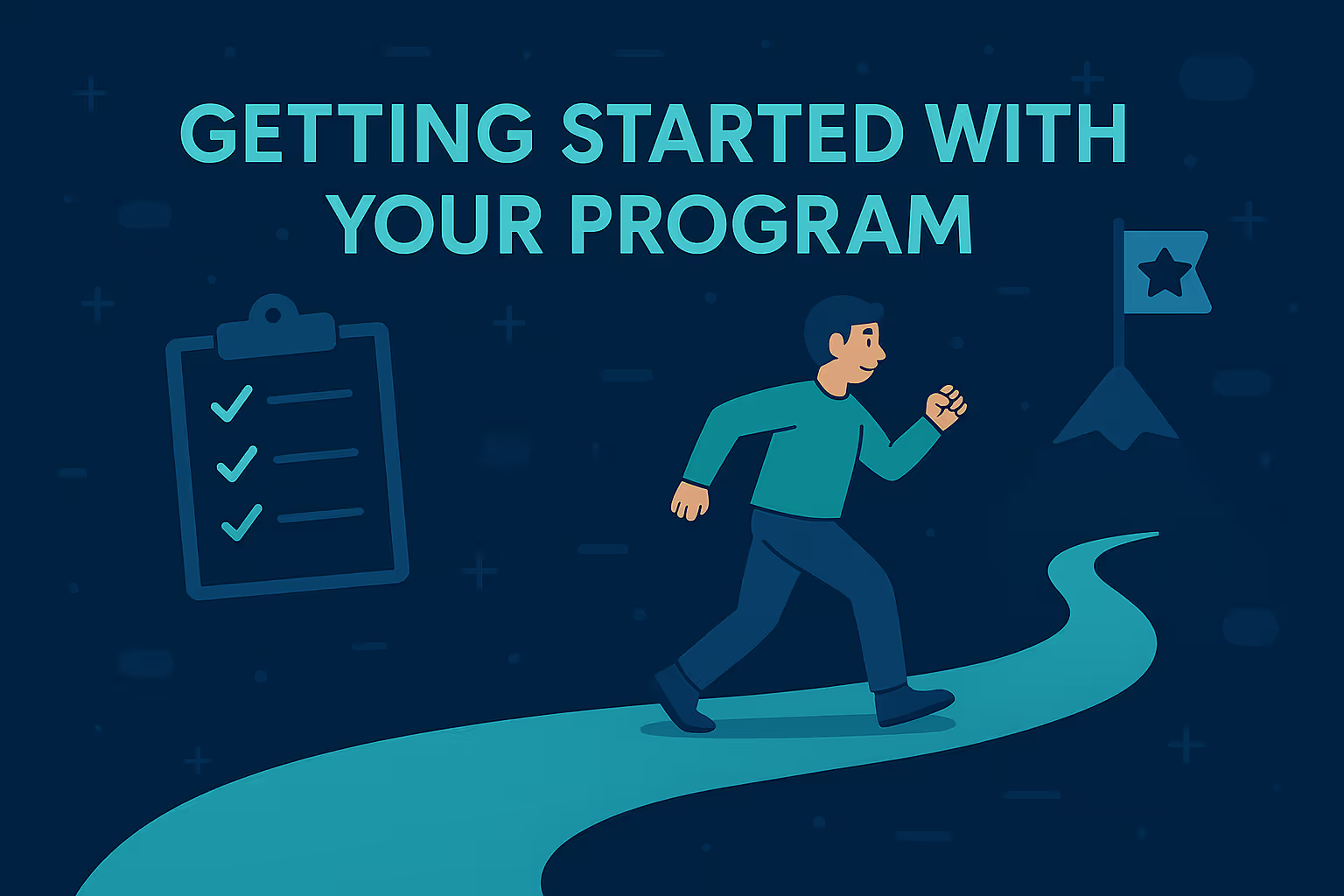
Begin by auditing your current customer data to understand behavior patterns and preferences. Identify the top 3-5 behaviors you want to encourage through gamification. Design simple reward structures around these behaviors and test them with a small group of customers before full launch.
Remember that successful gamification feels natural and enhances the existing customer experience rather than complicating it. The best loyalty programs make customers forget they're in a program at all – they just enjoy the ongoing relationship with your brand.
Introducing Smartico.ai: The Complete Gamification Solution
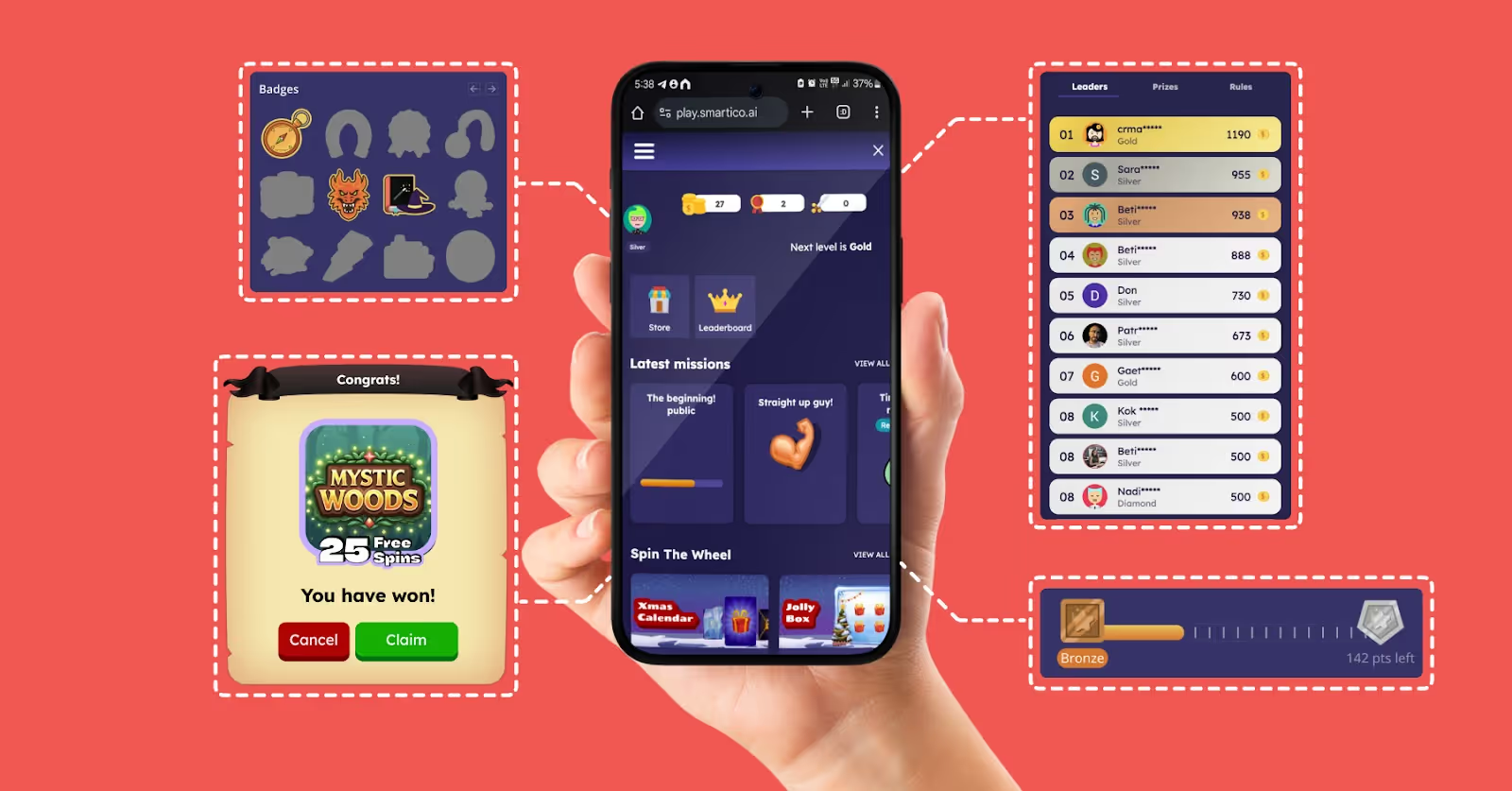
When you're ready to implement a sophisticated gamified loyalty program, Smartico.ai offers the industry's first unified CRM Automation and Gamification platform. Built specifically for businesses that understand the power of customer retention, Smartico combines automated customer relationship management with comprehensive gamification tools in a single, real-time platform.
Our software includes everything you need to create engaging loyalty experiences: customizable points systems, dynamic badge collections, competitive leaderboards, time-limited tournaments, and a flexible marketplace where customers can redeem rewards. Its AI-powered features use predictive modeling to identify at-risk customers and optimize reward timing for maximum impact.
What sets Smartico apart is its smooth integration of gamification with CRM automation. Instead of managing separate systems for customer data and loyalty rewards, everything operates from one centralized platform. This unified approach ensures consistent customer experiences and provides comprehensive analytics on both engagement and business performance.
The solution supports unlimited brands within a single instance, making it ideal for businesses managing multiple customer touchpoints. With flexible APIs and dedicated support for technical integration, Smartico handles the complex backend requirements while giving you complete control over the customer-facing experience.
Whether you're launching your first loyalty program or upgrading an existing system, Smartico provides the technology foundation and ongoing support needed to create gamified experiences that drive real business results.
To find out how Smartico can help you get your business specifically to the level you’ve always dreamed of, don’t hesitate to book your free, in-depth demo below.
{{cta-banner}}
FAQ
Q. How much should I budget for implementing a gamified loyalty program?
A. Costs vary significantly based on program complexity and technology requirements. Simple points-based programs might require a modest monthly software fee plus rewards budget, while sophisticated multi-tier programs with AI features require larger upfront investments. Most businesses find that loyalty programs pay for themselves within 6-12 months through increased customer retention and spending.
Q. Can gamification work for B2B companies, or is it only effective for consumer brands?
A. Gamification absolutely works in B2B contexts, though the mechanics differ from consumer programs. B2B gamification often focuses on engagement metrics like training completion, product usage milestones, or referral activities rather than purchase frequency. Professional rewards like exclusive content, early product access, or industry recognition tend to be more motivating than consumer-style perks.
Q. How do I prevent loyalty program abuse without frustrating legitimate customers?
A. Implement reasonable safeguards like purchase limits, account verification requirements, and monitoring for unusual activity patterns. Most modern loyalty platforms include fraud detection features that flag suspicious behavior automatically. Focus on creating clear terms of service and maintaining consistent enforcement rather than overly restrictive rules that penalize good customers.
Q. What's the difference between gamification and a traditional rewards program?
A. Traditional rewards programs typically offer straightforward earn-and-burn mechanics—spend money, get points, redeem rewards. Gamification adds engagement layers like challenges, progress tracking, social features, and achievement recognition. While traditional programs focus on transactional loyalty, gamified programs create emotional connections through interactive experiences.
Q. How quickly should I expect to see results from a gamified loyalty program?
A. Initial engagement metrics like signup rates and program interactions often improve within the first month. Meaningful business impact on customer retention and spending typically becomes visible after 3-6 months as customers complete their first reward cycles. The full ROI usually materializes within 12-24 months as program members demonstrate increased lifetime value compared to non-members.
Did you find this article helpful? If so, please consider sharing it with other industry professionals such as yourself.
Ready to use Smartico?
Join hundreds of businesses worldwide engaging players with Smartico.










